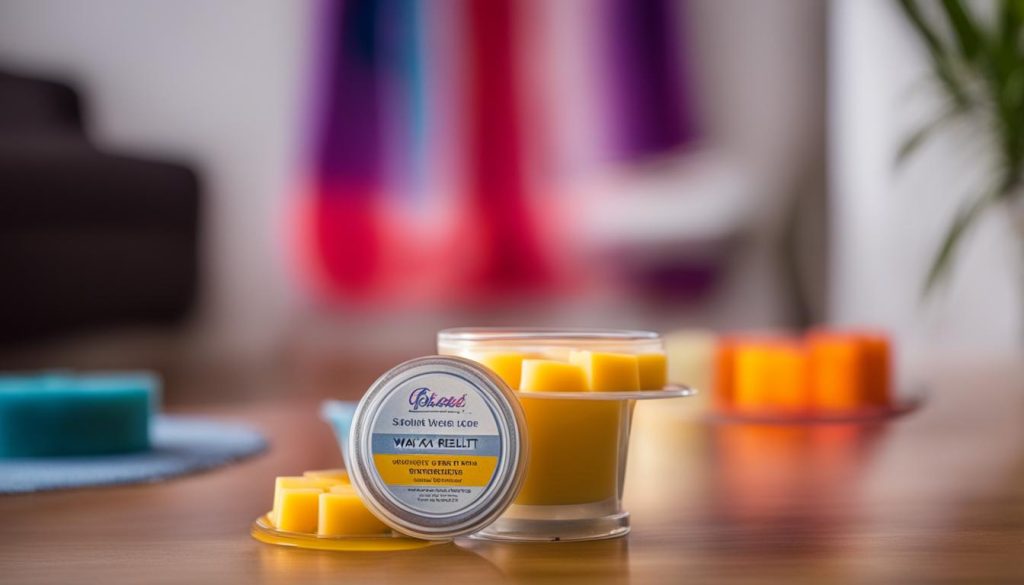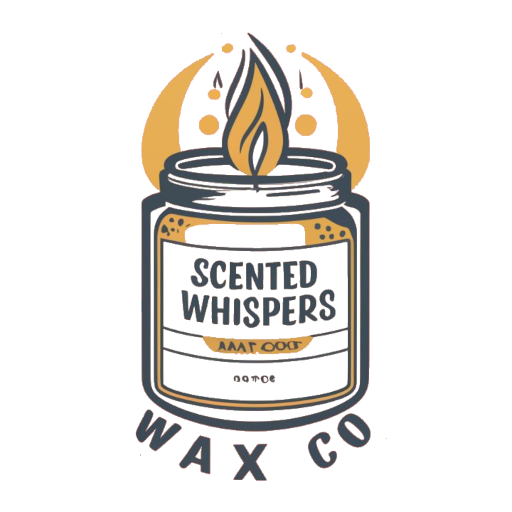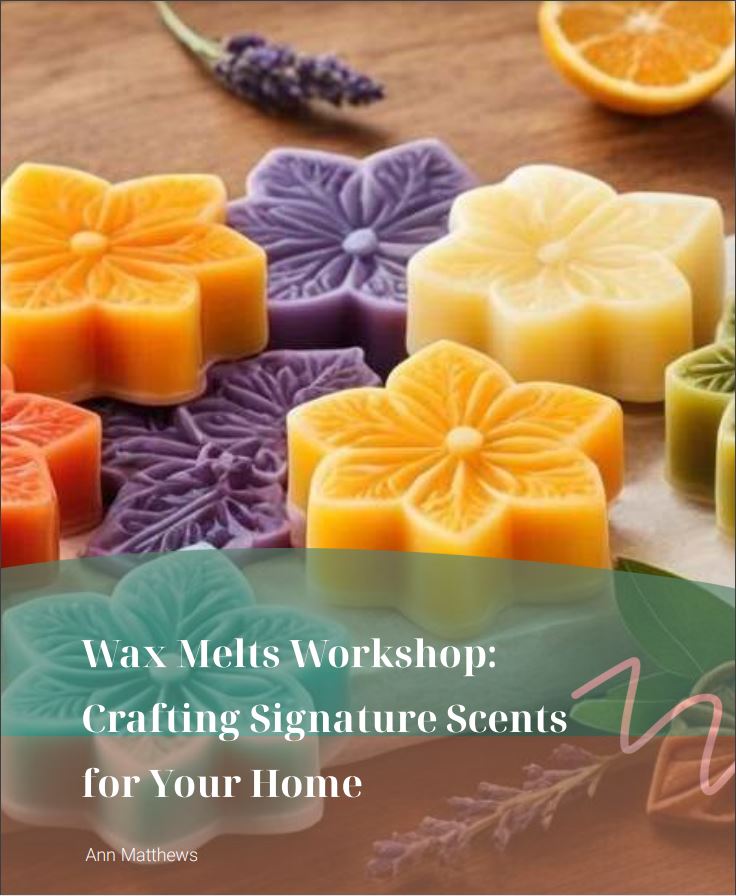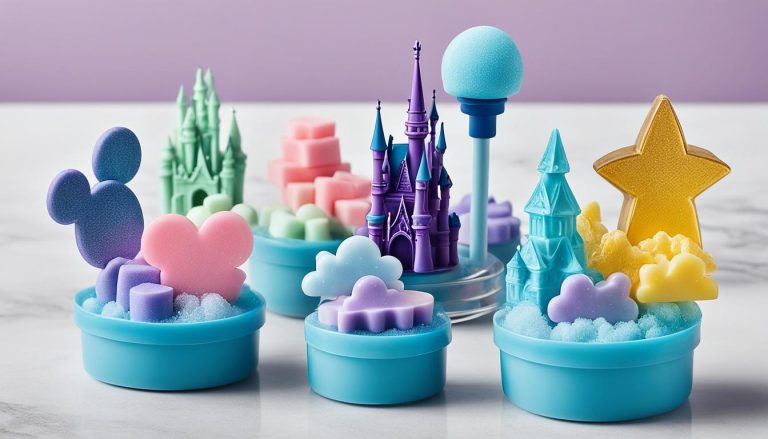Are Scented Wax Melts Toxic? Health Facts Revealed
waxmelts.info and its partners may earn a commission if you purchase a product through one of our links
Scented wax melts have become a popular choice for adding fragrance to your home, but are they safe? There are growing concerns about the potential toxicity of scented wax melts and their impact on our health. It’s important to understand the facts and make informed decisions when it comes to the products we use in our homes.
According to studies conducted by South Carolina State University and the National Toxicology Program, scented wax melts made from paraffin wax, a petroleum-based substance, have been found to emit toxic chemicals like benzene and toluene when melted. These chemicals are known to be carcinogens and can lead to various health issues such as respiratory problems, headaches, kidney damage, and even birth defects.
While scented wax melts made from soy wax are considered a safer alternative, it’s essential to note that they may still contain fragrance oils or additives that can release potentially harmful substances when melted. It’s important to read labels and choose scented wax melts that are free from toxic ingredients.
Key Takeaways:
- Scented wax melts made from paraffin wax can emit toxic chemicals like benzene and toluene when melted.
- These chemicals are known carcinogens and can cause respiratory problems, headaches, and kidney damage.
- Even scented wax melts made from soy wax can emit potentially harmful substances if they contain fragrance oils or additives.
- It’s important to choose scented wax melts that are free from toxic ingredients and read labels carefully.
- Consider using natural and non-toxic alternatives like beeswax or vegetable wax melts if you have concerns about the potential risks of scented wax melts.
Understanding the Ingredients in Scented Wax Melts
Scented wax melts are a popular choice for adding fragrance to your home, but it’s important to understand the ingredients used in these products and the potential hazards they may pose. Two common types of wax used in scented wax melts are paraffin wax and soy wax.
Paraffin wax: Derived from petroleum, coal, or shale oil, paraffin wax has been found to contain toxic chemicals such as benzene and toluene. When melted, these chemicals can be released into the air and pose potential risks to human health when inhaled.
Soy wax: On the other hand, soy wax is a naturally sourced alternative that is considered safer and more environmentally friendly. It is derived from soybean oil and does not contain the same toxic chemicals as paraffin wax.
However, it’s important to note that even scented wax melts made from soy wax may still contain fragrance oils or additives. These ingredients can emit potentially harmful substances when melted, regardless of the type of wax used. It’s crucial to read the labels of scented wax melts and choose products that are free from toxic ingredients.
To give you a better understanding, here is a comparison table showcasing the ingredients and potential hazards of scented wax melts:
| Ingredient | Potential Hazards |
|---|---|
| Paraffin wax | Contains toxic chemicals, such as benzene and toluene |
| Soy wax | Naturally sourced and considered safer, but may still contain fragrance oils or additives |
By being informed about the ingredients in scented wax melts, you can make safer choices for your home and minimize potential risks. Remember to prioritize products that use natural and non-toxic ingredients, and always read the labels carefully.
Stay tuned for the next section where we explore the impact of scented wax melts on indoor air quality.
The Impact on Indoor Air Quality
The use of scented wax melts can have a significant impact on indoor air quality. When these wax melts are melted, they release volatile organic compounds (VOCs) into the air. These VOCs can contribute to poor indoor air quality, and in some cases, they can even exacerbate respiratory issues, especially for individuals who have asthma or allergies.
Research studies have found that certain fragrances and chemicals used in scented wax melts can trigger mucosal symptoms like nasal irritation or throat discomfort. The emission of VOCs from scented products, including wax melts, has also been linked to respiratory depression and the accumulation of fluid in the lungs.
To minimize the potential impact on indoor air quality and respiratory health, it’s crucial to take some precautions when using scented wax melts. Ensure that the room is well-ventilated, allowing fresh air to circulate and dilute the VOCs released. Opening windows or using fans can help improve ventilation.
Additionally, it’s essential to be mindful of the ingredients used in scented wax melts. Opt for products that are made with natural ingredients or essential oils, as they tend to have fewer potentially harmful chemicals. It’s always a good idea to read the labels and choose scented wax melts that prioritize safety and quality.
The Importance of Proper Ventilation
Proper ventilation is key when using scented wax melts to minimize the impact on indoor air quality. VOCs released from scented wax melts can linger in the air, contributing to a buildup of pollutants. Adequate ventilation helps to disperse these pollutants and maintain a healthier environment.
“Proper ventilation is key to minimizing the impact of scented wax melts on indoor air quality. It helps disperse the volatile organic compounds (VOCs) released and promotes a healthier environment.”
Choosing Safer Alternatives
If you’re concerned about the potential respiratory issues and indoor air quality impact of scented wax melts, there are safer alternatives to consider. Beeswax or vegetable wax melts, such as those made from soy or coconut wax, are natural and non-toxic options that can provide a more reassuring experience. These alternatives typically have a lower risk of emitting harmful VOCs compared to scented wax melts made from paraffin wax.

| Scented Wax Melts | Impact on Indoor Air Quality |
|---|---|
| Paraffin Wax Melts | Release toxic chemicals and VOCs when melted |
| Soy Wax Melts | Typically have a lower risk of emitting harmful VOCs |
| Beeswax or Vegetable Wax Melts | Natural and non-toxic options with minimal VOC emissions |
By considering these safer alternatives and being mindful of proper ventilation, you can enjoy the pleasant scents of wax melts while taking steps to protect your indoor air quality and respiratory health.
Comparing the Safety of Scented Wax Melts and Candles
When it comes to safety, scented wax melts offer several advantages compared to traditional candles. Scented candles, especially those made from paraffin wax, can release harmful chemicals and particulate matter when burned, which can contribute to indoor air pollution and respiratory issues. In contrast, scented wax melts have a lower risk of emitting smoke and particulate matter since they are typically used with electric wax warmers or melters that don’t involve an open flame.
However, it’s important to note that scented wax melts may still pose certain safety concerns. The fragrance oils and additives used in scented wax melts can potentially cause respiratory issues and allergies, especially for individuals with pre-existing conditions. Therefore, when choosing scented wax melts, it’s advisable to opt for products made from natural ingredients or essential oils, as they are generally considered safer for use.
“Scented wax melts have a lower risk of emitting smoke and particulate matter since they are typically used with electric wax warmers or melters that don’t involve an open flame.”
While scented wax melts may be a safer alternative to candles in terms of reducing smoke and particulate matter, it’s essential to prioritize your health and well-being by choosing products that minimize potential risks. Consider the following factors when using scented wax melts:
- Read the labels and select scented wax melts made from natural ingredients or essential oils
- Ensure proper ventilation in the area where the wax melts are used
- Follow the recommended usage instructions, including using the appropriate amount of wax
- Keep scented wax melts out of reach of children and pets
By being informed and taking necessary precautions, you can safely enjoy the scents and ambiance of scented wax melts without compromising your health.
For more detailed information on the safety concerns and precautions associated with scented wax melts, refer to the table below:
| Concern | Scented Wax Melts | Candles |
|---|---|---|
| Release of Harmful Chemicals | Low risk of emitting toxic chemicals when used with electric wax warmers | Potential release of chemicals like benzene and toluene when burned |
| Particulate Matter | Minimal emission of smoke and particulate matter | Potential generation of soot and particulate matter when burned |
| Respiratory Effects | Potential respiratory issues from fragrance oils and additives | Potential respiratory irritation from burning candles |
| Precautions | Choose products made from natural ingredients or essential oils | Trim wicks, keep candles away from flammable materials, and never leave unattended |
While scented wax melts may have certain safety advantages over candles, it’s crucial to evaluate the potential risks and take appropriate measures to ensure a safe and enjoyable experience.

Safe Alternatives and Precautions
If you have concerns about the potential risks associated with scented wax melts, there are safe alternatives available. Consider beeswax or vegetable wax melts, such as those made from soy or coconut wax. These natural and non-toxic options can provide a safer experience, reducing the potential for respiratory issues and other safety concerns.
In addition to choosing the right wax melts, it is crucial to follow proper usage instructions. Ensure that you have proper ventilation in the room where you use wax melts, allowing any potential VOCs to dissipate. Use the recommended amount of wax to avoid overwhelming the space with fragrance. Keep scented wax melts out of reach of children and pets, as their curious nature may lead to accidents or ingestion.
If you or any members of your family have pre-existing respiratory issues or sensitivities, it is always a good idea to consult with a healthcare professional before using scented wax melts or similar products. They can provide personalized advice tailored to your specific needs and help determine whether it’s safe for you to use them.
By being informed about the safety concerns surrounding scented wax melts and taking necessary precautions, you can still enjoy the delightful scents and ambiance they provide while minimizing potential risks to your health. Make thoughtful choices and prioritize your well-being when using scented wax melts in your home.
FAQ
Are scented wax melts toxic?
Yes, scented wax melts can be toxic. When melted, they can release toxic chemicals like benzene and toluene, which can pose health risks.
What are the potential health effects of scented wax melts?
Scented wax melts made from paraffin wax have been linked to headaches, respiratory problems, kidney damage, birth defects, bone marrow damage, and nausea.
What ingredients are used in scented wax melts?
Scented wax melts are typically made from paraffin wax or soy wax. Paraffin wax contains toxic chemicals, while soy wax is considered safer and more environmentally friendly.
Do scented wax melts affect indoor air quality and respiratory issues?
Yes, when melted, scented wax melts release volatile organic compounds (VOCs) that can contribute to poor indoor air quality and exacerbate respiratory issues, especially for those with asthma or allergies.
How do scented wax melts compare to scented candles in terms of safety?
Scented wax melts are generally considered a safer alternative to scented candles since they emit less smoke and particulate matter. However, caution should still be exercised due to the potential health effects of fragrance oils and additives.
What are some safe alternatives to scented wax melts?
Beeswax or vegetable wax melts, such as those made from soy or coconut wax, are natural and non-toxic alternatives. It is also important to follow proper usage instructions and consult with a healthcare professional if you have pre-existing respiratory issues or sensitivities.







